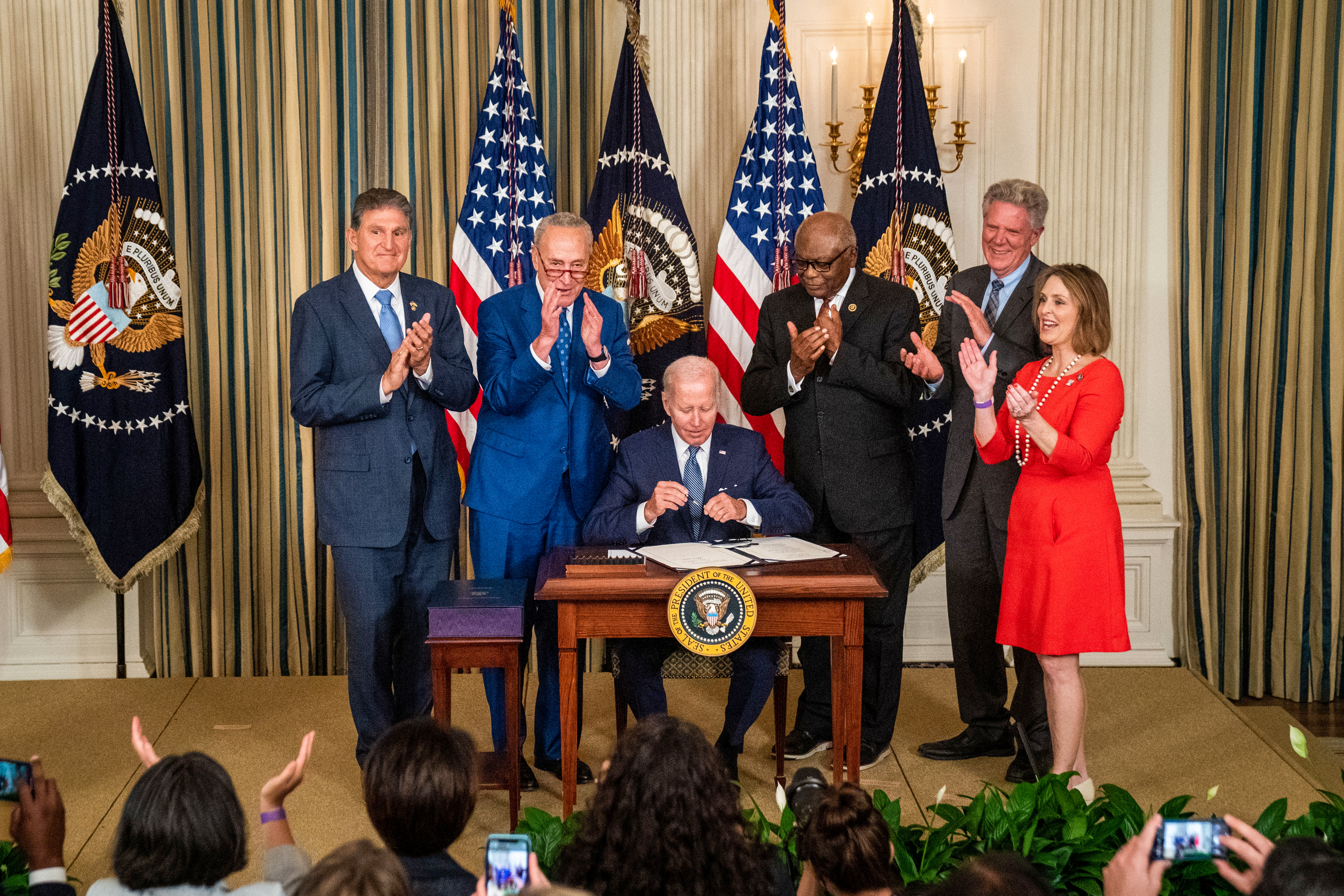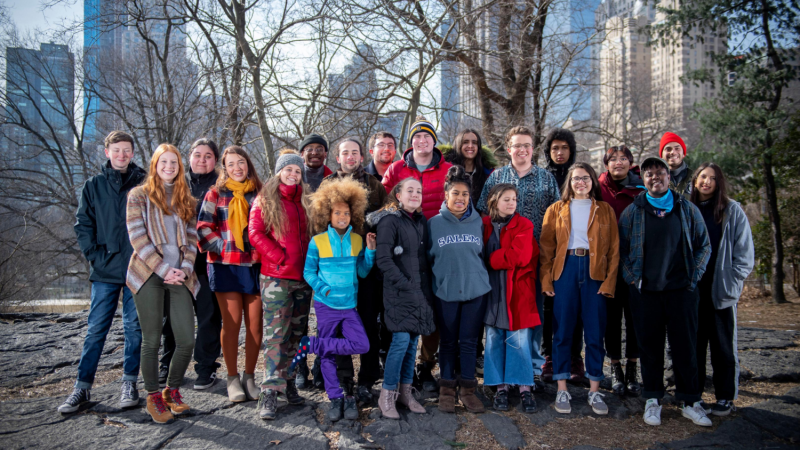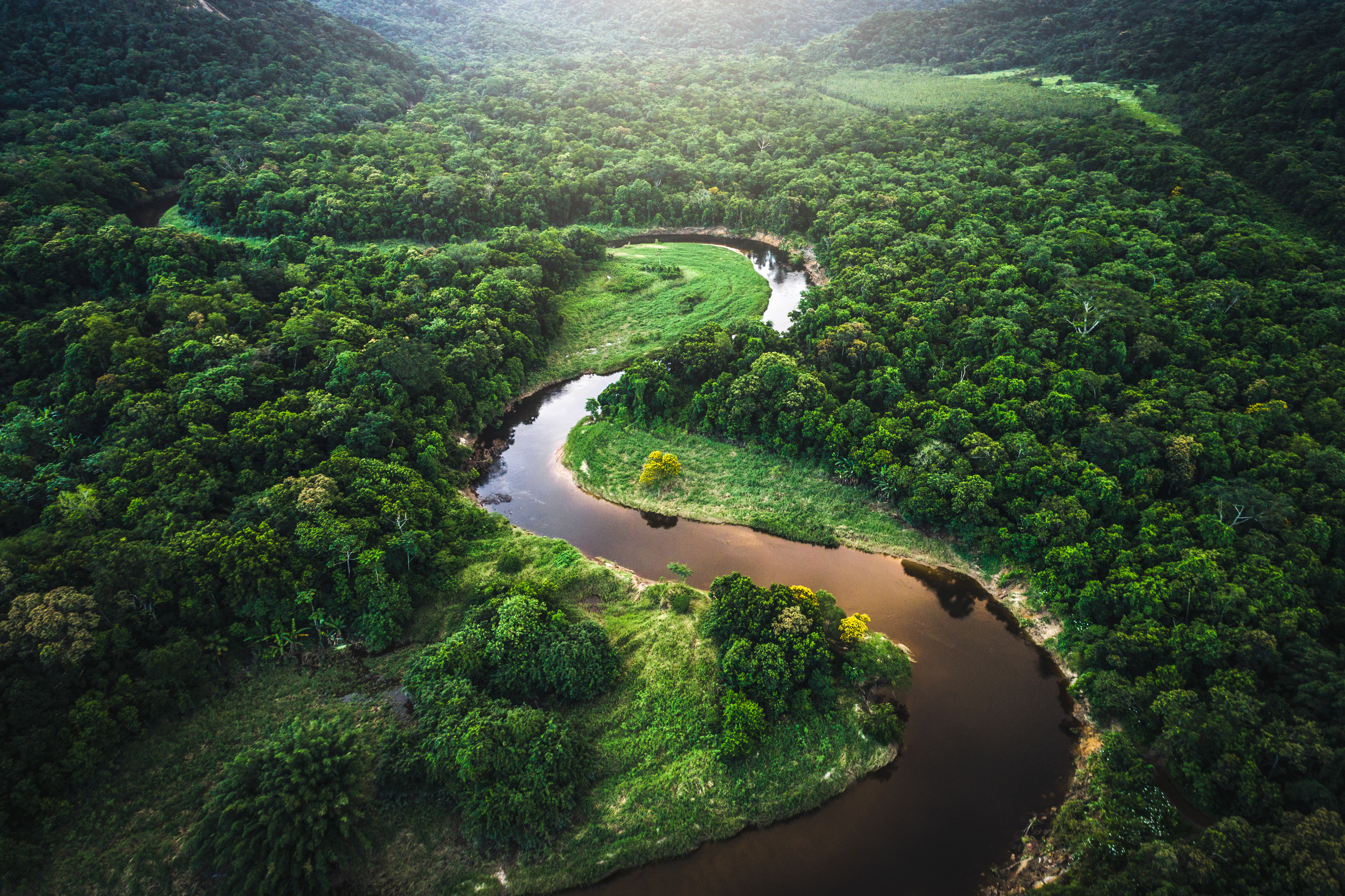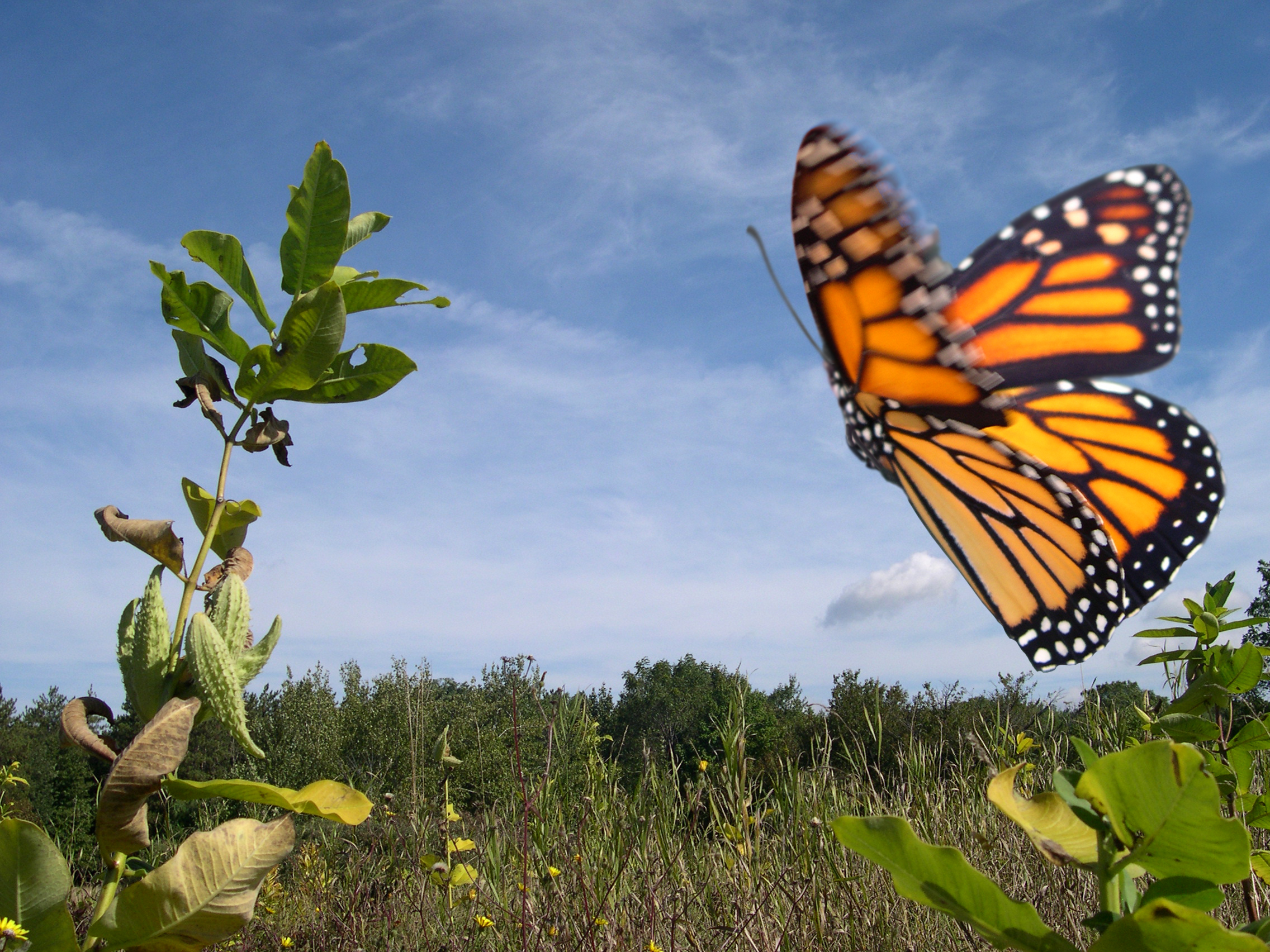Reasons to be hopeful: Six stunning environmental wins in 2022
Temperatures soared, hurricanes roared. It was easy to feel like we were losing the climate battle in 2022.
But 2022 also saw some significant wins for the environment.
Looking back on the year that was, let the good news springboard you into the year to come.
The most important climate law in U.S. history
After decades of political stalemate, the world’s second-largest climate polluter, the United States, enacted the most ambitious and comprehensive climate legislation in the country’s history.

The Inflation Reduction Act of 2022 devotes a historic $369 billion to climate and clean energy investments. The law is projected to help reduce greenhouse gas emissions to about 40% below 2005 levels by 2030. It will save families money on energy and create more than 9 million new jobs. It will enable the U.S. to compete in the $23 trillion clean energy economy and help address the legacies of disinvestment and pollution in mostly Black, Latino, Indigenous and low-income communities while ensuring they benefit from a clean energy future.
“This law will reshape the decades ahead,” Environmental Defense Fund president Fred Krupp said after the legislation passed in August. “This is the year we pivot toward a better future.”
Electric vehicle sales soar
EV sales skyrocketed around the world in the first half of 2022, increasing by 62% over the first half of 2021. (Numbers from the second half of the year are still being tallied.) This happened despite significant supply chain issues as well as labor shortages and component price increases caused by the war in Ukraine.
In the U.S., EV’s share of overall car and SUV sales surged, with their market share almost tripling over the previous year. All this as demand far outstripped supply. In a survey by AAA, a quarter of Americans said their next vehicle will likely be electric.
EV sales numbers are so good that around the world, many countries are on track to meet EV goals — part of their commitments to cutting climate pollution and combating global warming.
With cars and trucks responsible for more than 16% of greenhouse gas emissions and tailpipe fumes resulting in 385,000 deaths a year worldwide, the transition to vehicle electrification isn’t just a technological shift. It’s a move towards a healthier and more livable world.
The kids are alright

The kids’ climate strikes that captured the world’s attention pre-COVID continued in 2022 with kids taking to the streets to demand action on climate in at least 677 cities worldwide, including in Chittagong, Bangladesh, Fez, Morocco and Boise, Idaho.
Meanwhile, in at least seven countries, young people brought governments to court for failing to protect them from the impacts of climate pollution. (Many of these cases were inspired by the first youth climate lawsuit, Juliana v. United States, which is still making its way through the legal system eight years after it was filed.) In Sweden, for example, this November, more than 600 young people, including three 7-year-olds and world-renowned activist Greta Thunberg, sued the Swedish government for its failure to take sufficient action.
In the U.S., youth plaintiffs as young as 5 years old filed three new suits aimed at forcing state climate action in Hawaii, Utah and Virginia. Ava Lazar, one of the plaintiffs in Layla H. v. Commonwealth of Virginia, summed up the determination and motivation of young litigants around the world. “I’m only 17 years old. I don’t really have a voice, except through the court,” she said.
There are successful precedents. In 2018, Colombia’s Supreme Court of Justice ruled in favor of 25 young plaintiffs, who charged that by allowing the deforestation of the Amazon, the government violated their constitutional rights to a healthy environment. And in 2021, German courts found that by allowing high levels of greenhouse gas emissions, the government was violating the fundamental rights of future generations. The ruling led the German government to introduce more ambitious climate targets.
New hope for rainforests
This year, the world’s endangered rainforests — titanic storehouses of carbon and home to tens of millions of people and 80% of the world’s biodiversity — got two lifesaving boosts.

In December, the European Union put forward new plans to ensure key goods for sale in the EU no longer contribute to deforestation or forest degradation. Those goods include palm oil, cattle, soy, coffee, cocoa, timber, rubber and their derivatives. (Think: beef, paper and chocolate.) While the details of the legislation are still being ironed out, commentators have praised the new plan’s pragmatism in balancing ambition with implementability, as well as its focus on partnerships with producer countries.
Meanwhile, in Brazil — home to one-third of the world’s rainforests — voters ousted President Jair Bolsonaro, a man who contended the country’s rainforest protection policies were “suffocating” Brazil. Under Bolsonaro, deforestation in the Amazon rainforest reached its highest point in 15 years, with more than 10,000 square kilometers lost annually, an area twice the size of Delaware.
Brazil’s new leader, former president Luiz Inácio Lula da Silva, comes to power with an impressive record of tackling deforestation. During his terms in office in the 2000s, Brazil reduced deforestation by more than 70%, thanks to policies Lula and state governments championed. Following his reelection in late October, the new president said: “Brazil is ready to resume its leading role in the fight against the climate crisis. Let’s fight for zero deforestation.”
Clean energy powers ahead
Prices dropped, deployment increased: In 2022, the good news about renewable energy just kept getting better.
Though the count is still on through the end of the year, the International Energy Agency expects 2022 clean energy installation to grow by at least 8% over 2021, with enough new renewable energy to power as many as 200 million U.S. homes. And the increase is not stopping there: Over the next five years, the world is set to install as much wind power, solar power and other forms of clean energy as it did in the last 20 years, “helping keep alive the possibility of limiting global warming to 1.5° C,” according to the agency.

In the planet’s largest economies, building new renewable energy capacity is now cheaper than generating electricity using the cheapest coal-fired power plants, the International Renewable Energy Agency reported this summer.
The world needs to scale up clean energy at full throttle in order to cut emissions enough to avoid the worst ravages of climate change. But lower prices for renewable energy in most places mean that energy developers don’t always need to choose between what’s cheap and what’s good for the environment.
And finally… good news for nature!
In a milestone agreement, almost 200 countries pledged to stop the destruction of the vital ecosystems on which we all depend.
The Kunming-Montreal Agreement includes national commitments to conserve 30% of the world’s land and oceans by 2030. Countries also committed to managing the remaining 70% sustainably. Currently, 17% of the Earth’s land and 10% of marine areas are characterized as protected.

“We are finally starting to forge a peace pact with nature,” said U.N. Secretary General Antonio Guterres of the agreement signed at the U.N. Biodiversity summit in Montreal in December.
Among the pledges, governments promised to reform the at least $1.8 trillion in subsidies they give every year to businesses such as fossil fuel and food producers that contribute to habitat destruction and climate change. Transnational corporations would also be required to disclose the impact of their activities on biodiversity. And wealthy countries agreed to give $30 billion in aid to developing countries to help preserve and restore biodiversity.
There is still tremendous work to do. Environmental Defense Fund’s Senior Vice President for People and Nature, Eric Schwaab, praised the agreement and called for concrete action to see it through. “That will require a strong commitment by governments, civil society and business to act on the goals set forward in this historic pact and align these efforts with those to address climate change and drive sustainable development," he said.










